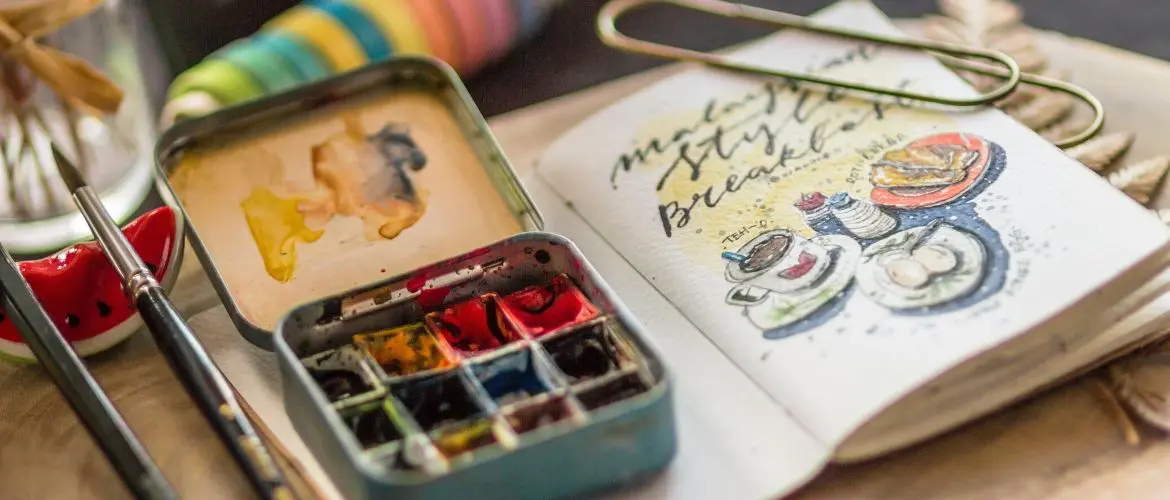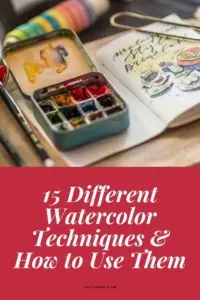 When it comes to watercolor, there are so many different things that you can do.
When it comes to watercolor, there are so many different things that you can do.
This is why this method of painting has become so popular. Watercolor is a versatile and forgiving medium that can make some truly amazing results.
Since it is so cool, I have compiled a list of techniques with watercolor for you to try.
[do_widget id=custom_html-19]Splatter Your Paint
—Splatter paint is a fun approach that you can use with any kind of paint. However, it is great with watercolor specifically because of the inconsistency of the paint. With other paint styles, you can expect relatively identical bursts of color to appear on the canvas.
However, the nature of watercolor is inconsistent pigment spreading. This is why this deserves its place in the techniques with watercolor world. When you do splatter art, you have a couple of options.
You can either go all out and fling the brush or merely take your thumb, pull back the bristles, and release the brush. The result is a beautiful splatter effect that is perfect for making exciting backgrounds.
Try Dry Painting
—Yeah, you heard this right. If you are going to learn about techniques with watercolor, you have to know what happens when you use hardly any water. When you are painting with watercolors, the majority of the outcome is dependent on the amount of water that you use.
You can use the water to dilute the pigment and give images that dreamy watercolor look. However, if you are looking for something a little more traditional, you can use hardly any water with your paints.
This will give you more control over the paint and generally produce a darker image. It can be pretty amazing to see how it all works out compared to what you are used to.
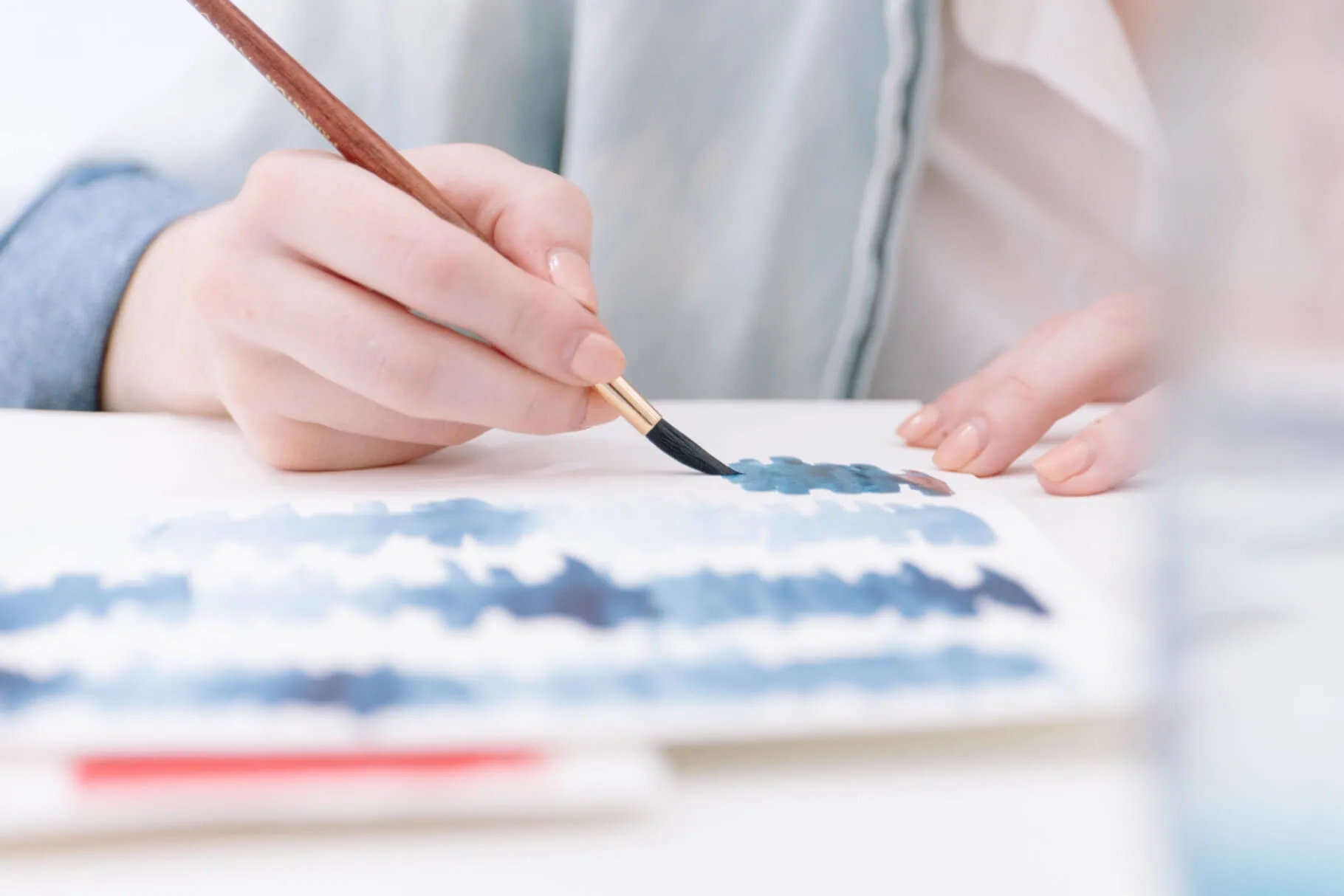 Photo by Bench Accounting
Photo by Bench Accounting
Make A Gradient Effect
—You can easily make a beautiful gradient with watercolor paints. As far as techniques with watercolor go, this is one that can lead to amazing results. To do this, all you have to do is make a concentrated line of paint and add water to it to drag it down.
As the water thins, the amount of paint will get lighter. The result is a dark line that fades to a lighter look. You can do this horizontally for a wider space or as a singular brushstroke if you want a simple line.
Take time to experiment with this to see just how the paint shifts with your differing techniques. You can perfect your gradient look to make some truly amazing backgrounds.
Smear or Spread Your Paint
—A fun thing to add to your techniques with watercolor arsenal is to use a flat device to smear or spread your paint. Using a flat-edged device like a ruler or knife, you can take newly applied watercolor and push it where you want to go.
This will lead to you having a sort of faded and mild color where you smeared and a starker edge where you stopped. Many artists are finding that this kind of technique can be used for some pretty amazing results. If you want to do it on a smaller scale, you can use a smaller surface like a blade.
This can be amazing for highlighting certain painting elements or for making fun edges for your painting. You will love seeing what amazing shapes and designs you can create by using this technique.
Use Alternate Tools To Make Exciting Patterns
—Watercolor paintings are already incredibly beautiful no matter what you make. However, sometimes you want something a little more exciting to try out as you work.
Using tools other than a paintbrush makes it possible for you to have some truly cool effects. There is no limit to what you can use, but some household items are known to make some truly amazing patterns. For example, a sponge is an excellent tool for painters.
You can get an interesting sponge texture that is perfect for making backgrounds. Other popular options include towels, paper towel, and even old socks. The natural textures of these options will make it possible for you to create some exciting new works of art.
Use A Pipette to Lighten or Add Color
—Believe it or not, a pipette can be used outside of science class. If you are using watercolor paints, you can easily use a pipette to draw away extra color if you have an area that is shaped perfectly but a little dark for your liking.
This makes it easy to suck up the extra water or color and make your art just the way you want it. If you are looking to add rather than take away, you can easily darken an area or add fun color mixes using this technique as well.
To do this, you will need to be able to suck up the colored paint you want, which you will mix in advance and then slowly use the pipette to add the color where you want it. This is a great way to create stunning color mixes and swirl effects. You might just learn that this is a tool that you want to keep for years to come.
Let Your Colors Overlap in Style
—Since watercolor paints are water-based, mixing them can be a bit of a challenge to control. Sometimes you want to mix two colors while still preserving the integrity of the individual colors. Or, maybe you just want to mix colors without the added water putting your shapes at risk.
An easy way to mix colors in a more controlled fashion is to let them dry individually. Start with the color that you want on the bottom and work from there. This makes it easy for you to have your cake and eat it too, but you know, in a watercolor way.
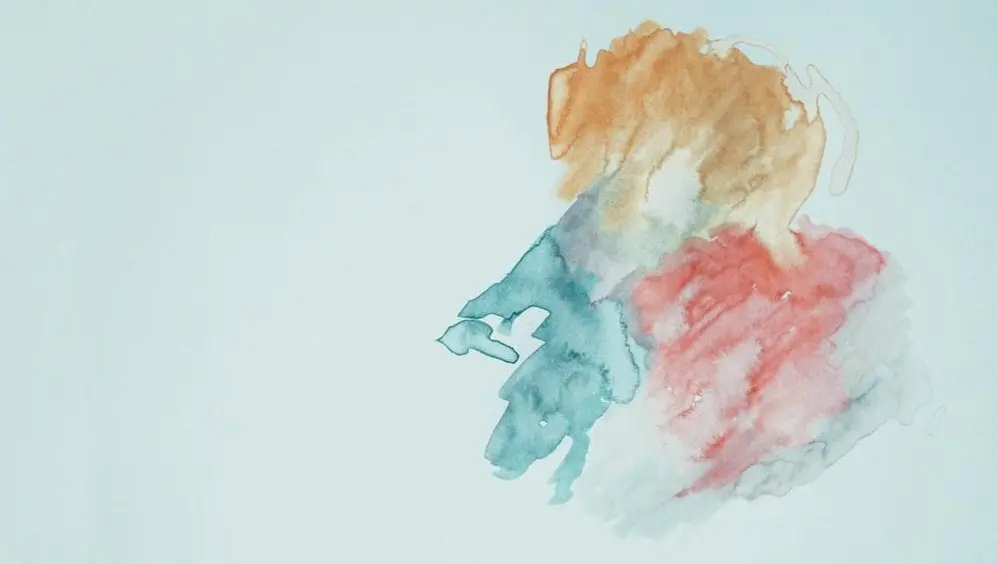 Photo by Annie Spratt
Photo by Annie Spratt
Mix Colors On The Canvas Instead Of In Advance
—There are times when you want to mix colors to make new colors and times when you want to make an effect. This approach to mixing requires a little trust in yourself but can have some amazing results. Some techniques with watercolor are simply more of a gamble, but the payoff can be high.
With this approach, you will focus on creating watercolor combinations on the actual image. You can start by adding one color, then slowly adding in the second for a fun effect. As long as you move quickly, you will have complete control to push the colors where you would like them to be.
This makes it possible for you to achieve a mesmerizing swirl effect. This is an amazing method for adding something special to any part of the image, background or otherwise.
Mix Your Watercolors The Right Way
—An important addition to your watercolor techniques list is to mix your colors the right way to make compelling new colors. You can do this on your palette by adding a little bit of one color and then a little bit of the other.
Once you think that you have the right color, you can add more water to the mix to lighten it as needed. Using this approach allows you to keep a steady balance when it comes to your paint colors. This will help you to dodge making an unfortunate brown color or something irredeemable.
More importantly, by exercising caution with this approach, you will find that it is easier for you to save on paint. When you don’t waste paint, you will find that you have more to work on the project that you want to work on.
Show Off Lighting Effects With Water
—When you work with watercolor, few things are more effective than water. As far as techniques with watercolor go, knowing how to make the appearance of lighting is crucial for most images.
All you have to do to make a lighter spot or lightning effect with watercolor paints it to add water. Yes, it is that simple: just add water. Now, don’t go crazy or you might mess up your painting.
Just add water to the painting and use your brush to guide it where you need it to go. This will naturally push away the pigment where you brush, making it easy for you to add exciting lightening effects.
Use Crayon To Create Fun Art Designs
—White or clear crayons are amazing for adding something special to a watercolor painting. This works in the same way that dying an egg for Easter will. All you have to do is draw in the crayon before you begin painting. After you have drawn your masterpiece, you can begin to add paint.
Everywhere that you add the paint, you will see that the paint does not stick. This makes it possible for you to enjoy a beautiful drawing that stands out from your painting. For best results, focus on using different colors to make the drawing stand out that much more.
Make Perfect Edges Using A Ruler or Tape
—Depending on how complex the painting that you are working on is, you might find that you want more or less straight edges. You can easily use a ruler and paint against it for a perfect straight edge. If you are looking for more defined shapes, you can use the same approach you would when painting a room.
Using painter’s tape, outline where you want the shapes and edges to be and then paint in the other space. This is one of my favorite techniques with watercolor.
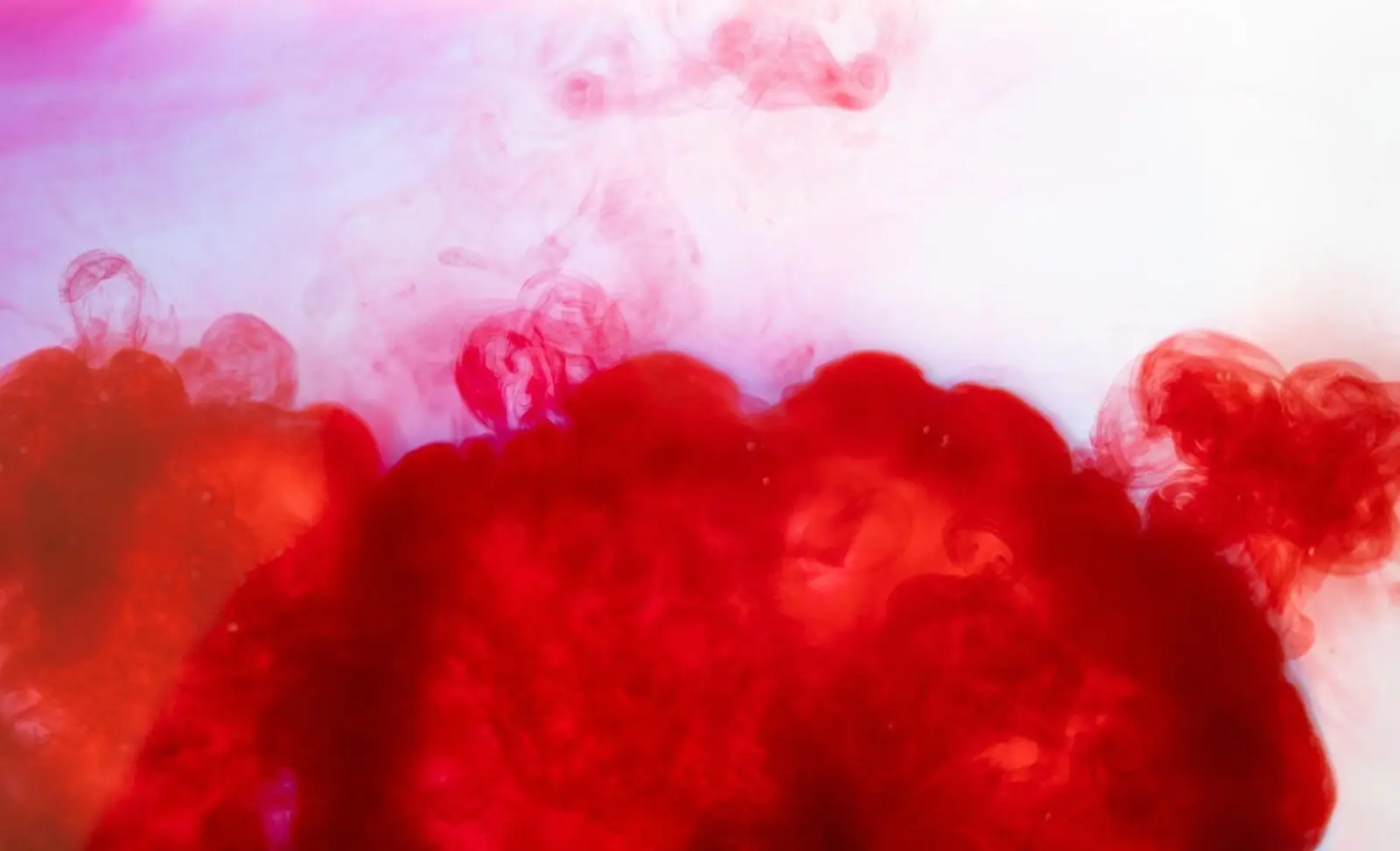 Photo by Annie Spratt
Photo by Annie Spratt
Use Water and Dark Paint To Create Color Blossoms
—If you love the way food dye looks being dropped into water, this technique is for you. You can do this in a few different ways. The first approach if you are looking purely for the color to appear alone in certain spots is to use a clean brush with water.
You will use the brush to add water where you want to add the color. When this is done, take another brush with dark paint on it and merely touch it to the wet space. For more fun, you can add this to existing wet colors.
Smudge The Paint When It Is Almost Dry
—As you learn more techniques with watercolor, you will gain a better understanding of how it dries. All watercolor hits a point where it will eventually be half dry.
Some areas will be dry, others will be wet. When you hit this point, use a clean brush to smudge or spread the wet parts. You will receive a cool wind-brushed effect that makes your painting that much more compelling.
Add Water and Hang Your Painting For A Drip Effect
—This can look incredibly cool when all is said and done. Begin by making your painting in its entirety and letting it dry. After the paint has completely dried, hang up the painting or prop it up in some way.
Once it is vertical, you can take the time to add water to the areas that you want to drip. The water will run down through the colors and make a seriously cool drip effect.
Conclusion
Now that you have a better understanding of what techniques with watercolor can be used to create a masterpiece, you can get to work. Watercolor is a fun and free artistic experience. Don’t hesitate to try something completely off the wall. Remember, new techniques can always be made. Don’t be afraid to seek out your new signature!
Do you paint with watercolor? Which technique on this list would you try?

